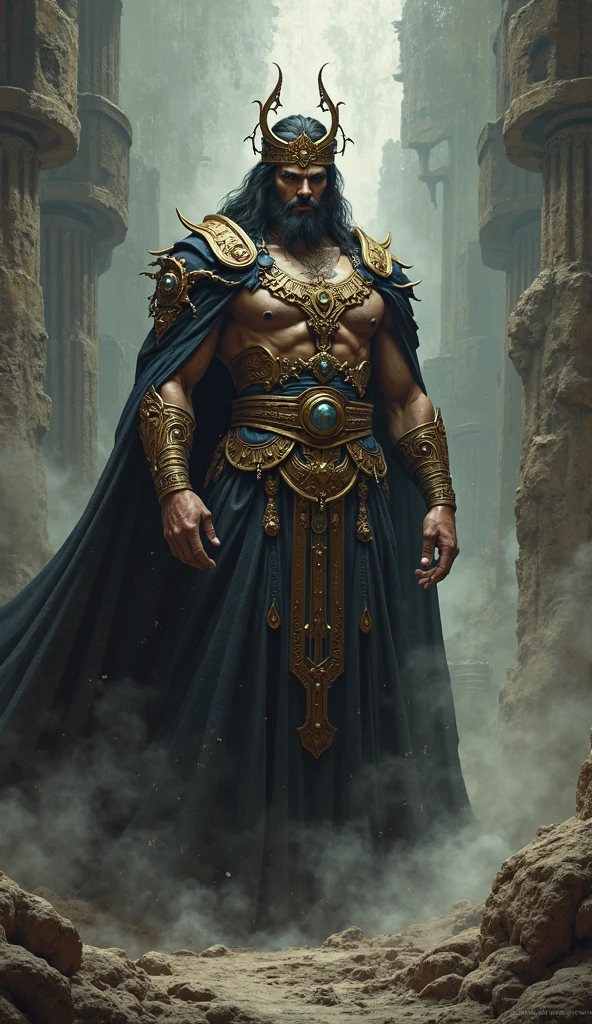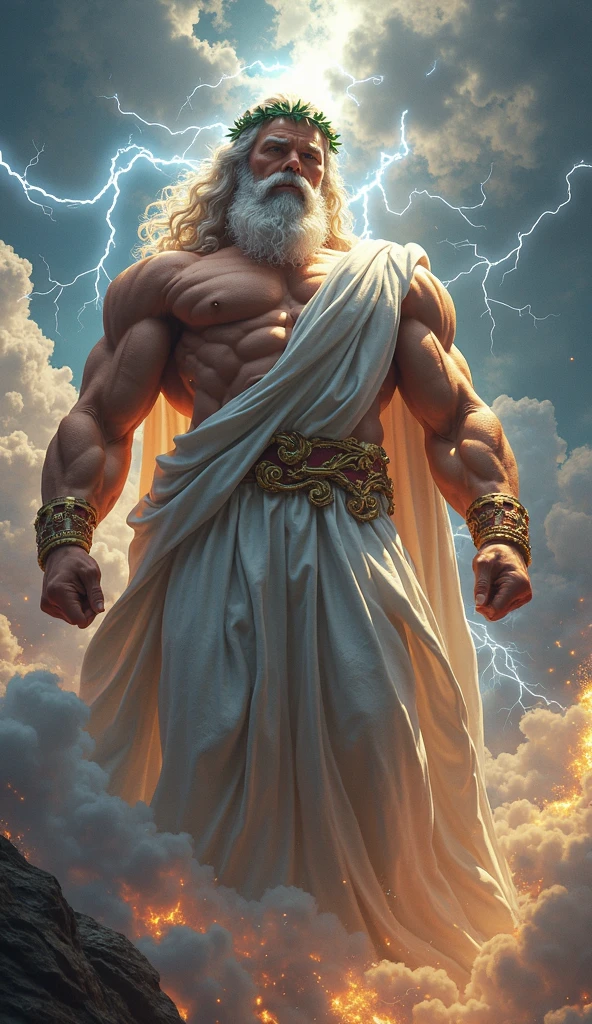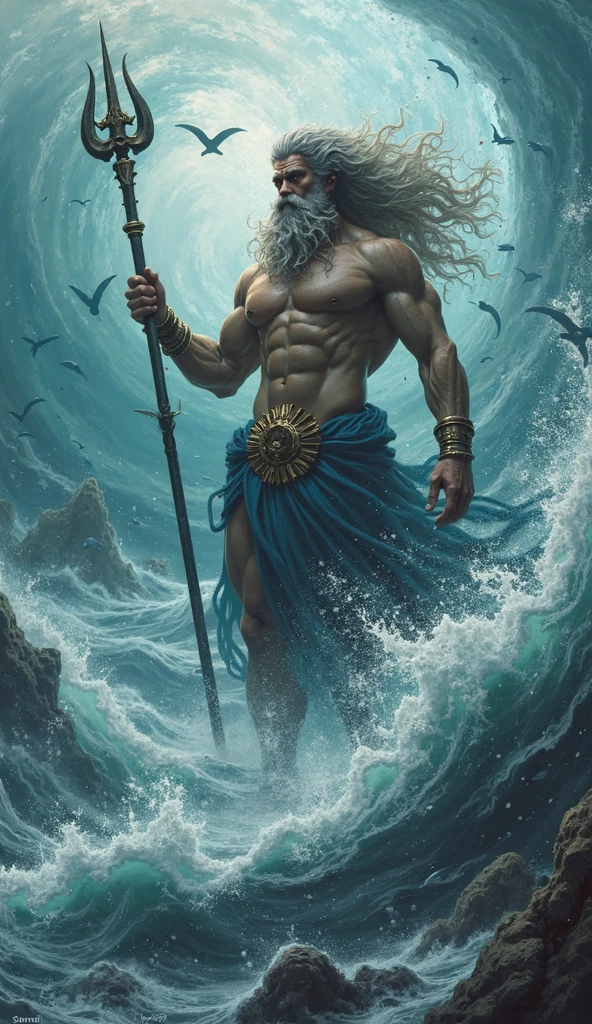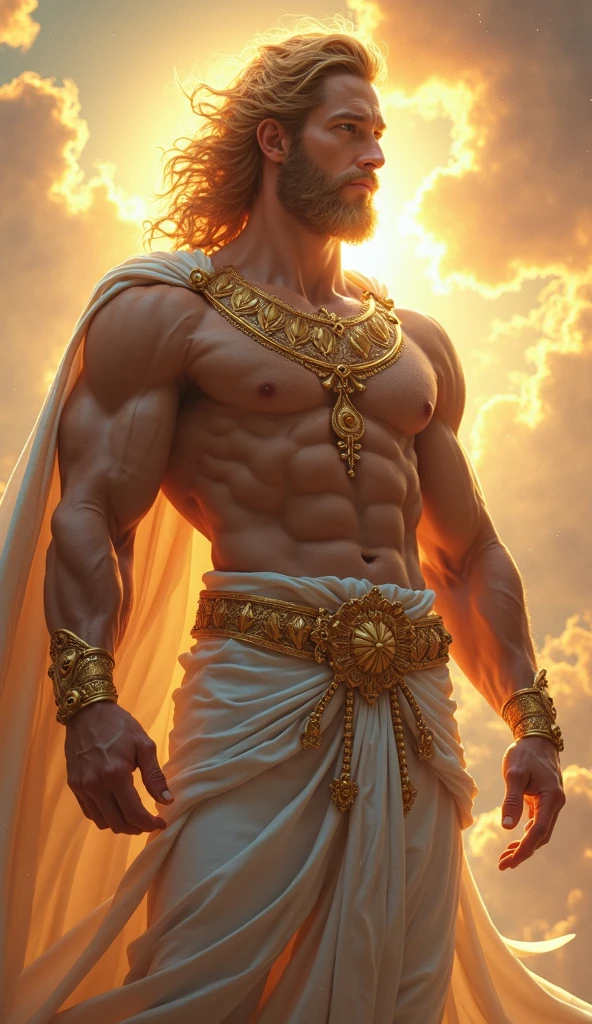Shamash: The Mesopotamian God of the Sun and Justice
The Historical Context of Shamash
In the pantheon of ancient Mesopotamia, few deities held as much significance as Shamash, the god of the sun and justice. Worshiped by the Akkadians, Babylonians, and Assyrians, Shamash was revered not only as the bringer of light but also as the divine arbiter of law and morality. His influence extended beyond religion into daily life, governance, and even legal systems, making him one of the most enduring figures in Mesopotamian mythology.
Mesopotamia, often called the “Cradle of Civilization,” was home to some of the earliest known urban societies. In this fertile region between the Tigris and Euphrates rivers, gods like Shamash were central to cultural identity. Unlike later solar deities who were primarily associated with light and warmth, Shamash embodied a dual role—illuminating the world by day and ensuring justice by night.
Origin and History of Shamash
The worship of Shamash dates back to the third millennium BCE, with roots in the Sumerian god Utu. As Mesopotamian cultures evolved, so did their deities. The Akkadians adopted Utu, renaming him Shamash, and his prominence grew under Babylonian rule. By the time of Hammurabi’s Code (c. 1750 BCE), Shamash was explicitly linked to justice, as seen in the famous stele where the king receives laws directly from the god.
Early Depictions and Evolution
Shamash’s earliest representations show him emerging from the eastern mountains at dawn, symbolizing the daily rebirth of the sun. Over time, his iconography expanded to include a solar disc and a saw-like weapon, representing his ability to “cut through” falsehood and deliver truth.
Shamash in Babylonian and Assyrian Culture
In Babylon, Shamash was worshipped in the Ebabbar temple in Sippar, while in Assyria, his cult thrived in cities like Ashur. His role as a judge made him a patron of kings, who often invoked his name to legitimize their rule.
Relationships and Family
Shamash was part of a divine triad that included his father, Sin (the moon god), and his sister, Ishtar (goddess of love and war). This familial structure mirrored the celestial hierarchy—moon, sun, and Venus—reflecting Mesopotamian cosmology.
Shamash and Ishtar: A Complex Dynamic
While Ishtar was associated with passion and chaos, Shamash represented order and justice. Despite their differences, myths often depict them working together, such as in the Epic of Gilgamesh, where Shamash aids Gilgamesh and Enkidu at Ishtar’s behest.
Role in Cosmology
Shamash’s daily journey across the sky was a cornerstone of Mesopotamian cosmology. At night, he descended into the underworld, serving as a judge of the dead before reemerging at dawn. This cyclical journey symbolized renewal and divine oversight.
The Sun as a Moral Force
Unlike solar deities in other mythologies, Shamash was not just a celestial body but a moral authority. His light exposed secrets and lies, reinforcing his role as a divine judge.
Relevance and Historical Influence
Shamash’s impact extended beyond religion. His association with justice influenced early legal systems, including Hammurabi’s Code. Even in later periods, his symbolism persisted in Near Eastern art and literature.
Shamash in Comparative Mythology
Parallels exist between Shamash and other solar deities, such as Egypt’s Ra and Greece’s Helios. However, Shamash’s judicial role sets him apart, highlighting Mesopotamia’s unique blend of celestial and ethical symbolism.
Relationship with Other Mythological Beings
Shamash interacted with gods, heroes, and monsters. In the Epic of Gilgamesh, he helps the heroes defeat Humbaba, the guardian of the Cedar Forest. He also clashed with the underworld goddess Ereshkigal, reflecting the tension between light and darkness.
Artistic Representations Throughout History
From cylinder seals to monumental steles, Shamash was depicted with a radiant crown, often seated on a throne. The Sun God Tablet from Sippar is one of the most famous artifacts, showing him holding a rod and ring, symbols of justice.
Powers, Abilities, and Feats
Shamash’s powers included:
- Omniscience: His light revealed hidden truths.
- Healing: Temples dedicated to him functioned as early hospitals.
- Divine Judgment: He presided over oaths and legal disputes.
Curiosities and Little-Known Facts
The Solar Chariot Myth
Unlike Greek Helios, Shamash was rarely depicted riding a chariot. Instead, he walked or was carried by attendants, emphasizing his connection to the earth.
Shamash and the Number 20
The number 20 was sacred to Shamash, possibly linked to the 20-year reign of Hammurabi or astronomical cycles.
The Lost City of Sippar
Sippar, Shamash’s cult center, was rediscovered in the 19th century, yielding thousands of cuneiform tablets that shed light on his worship.
Shamash in Modern Culture
References to Shamash appear in video games (Age of Mythology) and comics (Hellboy), proving his enduring legacy.



